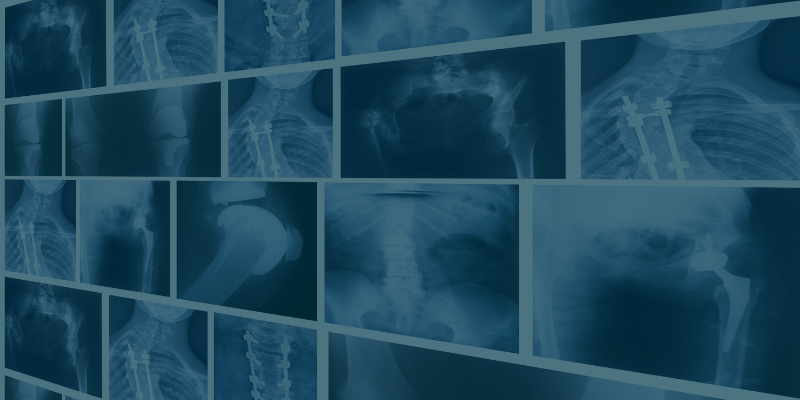-
Business Services ▾
-
Company & Commercial
- Legal Services for Landlords
- Commercial Property
-
Employment Law
- - Sponsor Licences
- - Employment law solicitors and HR training UK
- - Employment Tribunals Advice
- - HR Consultancy
- - Discrimination and Family Issues in the Workplace
- - Restrictive Covenants
- - Drafting and Varying Contracts of Employment
- - Redundancies and Restructuring
- - Disciplinary Hearings, Dismissals and Grievances
- - Trade Unions and Industrial Action
- - TUPE Guidance
- Commercial Litigation
-
Legal Compliance
- Debt Recovery
- Business Recovery & Insolvency
-
Company & Commercial
-
Individual Services ▾
- Residential Property
- Public Law
- Family & Matrimonial
- Children Law
-
Clinical Negligence
- - Abuse and neglect of the elderly
- - Fracture Negligence
- - Surgical Negligence
- - GP Negligence
- - Gynaecological Claims
- - Medication and Prescription Error Advice
- - Paediatric Claims
- - Orthopaedic Negligence
- - Physiotherapy or chiropractic treatment errors
- - Ophthalmic Eye Claims
- - Cancer Misdiagnosis Claim
- - Pressure Sores
- - Inquest Representation
- - Cauda Equina Syndrome Compensation
- - Anaesthetic Awareness – Administration Mistakes
- - Birth Injuries
- - Cosmetic Surgery Mistakes
- - Negligent Cardiac Care Claims
- - Cerebral Palsy
- - Chiropractic Injury
- - Colorectal Surgery
- - Consent to Treatment
- - Dental Negligence
- - Ear, Nose and Throat
- - Sepsis
- - Personal Injury
- Wills & Probate
- Dispute Resolution
-
Sports Law
- Employment Law
-
UK COVID-19 Inquiry
- LGBTQ+ Legal Advice
17th June 2025 | Clinical Negligence | Fracture Negligence
NHS Missed Your Fracture? Legal Advice & Compensation Claims
What happens when the NHS misses a fracture? A Clinical Negligence guide.

Missed fracture blog image x-ray screens
A missed fracture, where a broken bone is not diagnosed during an initial NHS assessment, can have serious consequences. From unnecessary pain and delayed healing to long-term disability, patients are often left wondering what went wrong and how it could have been prevented.
In this blog, we explain what happens internally within an NHS hospital or Health Board after a missed fracture is identified. We cover the role of Datix incident reports, the Duty of Candour process, and how these failures are investigated and addressed, along with your rights if you’re considering a clinical negligence claim.
How Do Fractures Get Missed in the NHS?
Fractures can be missed in a variety of NHS settings, including:
- Accident & Emergency (A&E)
- Minor injuries units
- GP surgeries
- Fracture clinics and outpatient reviews
Reasons for missed fractures include:
- Inadequate X-ray interpretation
- Lack of follow-up or review
- Failure to order appropriate imaging
- Poor communication between departments
When a Fracture Is Missed, Is a Datix Report Completed?
Yes. In most NHS Trusts and Health Boards, once a missed fracture is identified, a Datix incident report is completed. This is a crucial step in the NHS’s internal patient safety and clinical governance process.
A Datix report includes:
- The date and location of the incident
- Clinicians involved
- A brief summary of what went wrong
- The actual or potential harm caused to the patient
This triggers an internal review process, especially if the error caused moderate or severe harm.
What Internal Steps Do NHS Trusts Take After a Missed Fracture?
Once reported, the missed fracture undergoes a series of internal reviews aimed at learning from the error and preventing similar incidents.
Harm Grading
The incident is risk-assessed and classified by harm level:
- No harm (detected before impact)
- Low harm
- Moderate harm
- Severe harm or death
If the harm is moderate or greater, the Duty of Candour process is triggered.
Duty of Candour – What Does It Mean?
The Duty of Candour is a legal obligation for NHS organisations in England and Wales. If a missed diagnosis causes significant harm, the NHS must:
- Inform the patient or family
- Offer an apology
- Provide a written explanation
- Outline steps to avoid repeat incidents
This is often one of the first points at which patients learn a diagnostic error has occurred.
Clinical Review and Root Cause Analysis
The Health Board may then conduct a:
- Case note review
- Radiology re-evaluation
- Root Cause Analysis (RCA)
The goal is to understand:
- Why the fracture was missed
- Whether it was a human error or systemic failure
- Whether current protocols need to change
Governance and Learning
Incidents like this are shared through internal safety forums such as:
- Clinical governance meetings
- Morbidity and Mortality (M&M) reviews
- Local incident learning systems
Possible outcomes:
- Staff retraining
- Updated imaging protocols
- Audits and safety alerts
What If a Patient Wants to Make a Complaint or Claim?
Patients can:
- Make a formal NHS complaint
- Request a copy of their medical records and Datix report
- Speak to a clinical negligence solicitor about a fracture misdiagnosis claim
If the missed fracture has caused prolonged pain, avoidable surgery, long-term damage, or financial loss, you may be entitled to compensation.
We understand how distressing it is when an injury is made worse by mistakes in care. Our team is here to help you secure the answers, accountability, and compensation you deserve.
How can we help?
If you have suffered as a result of a missed fracture, you may be entitled to make a claim.
Please contact our specialist clinical negligence solicitors today to discuss your circumstances.













